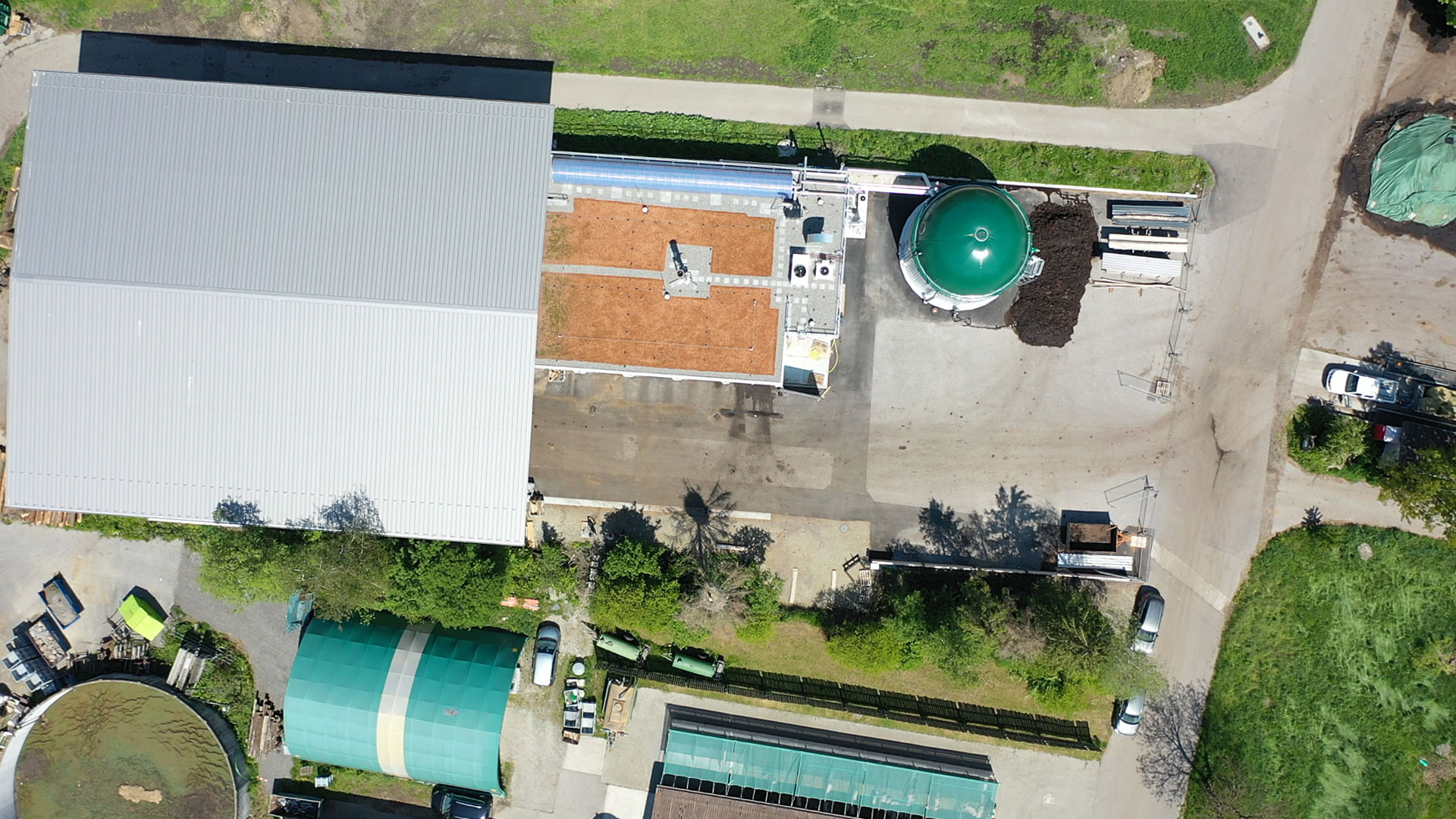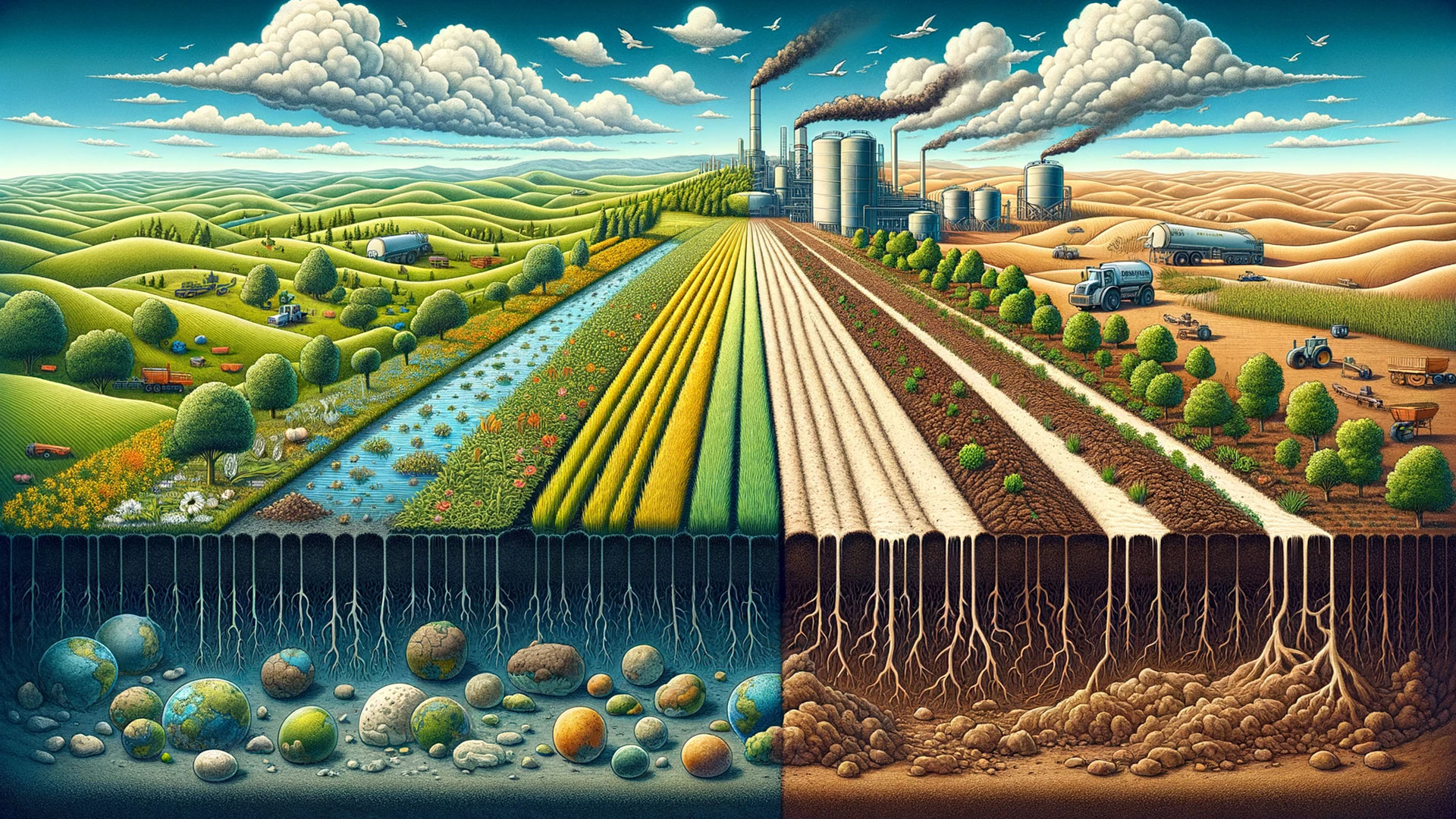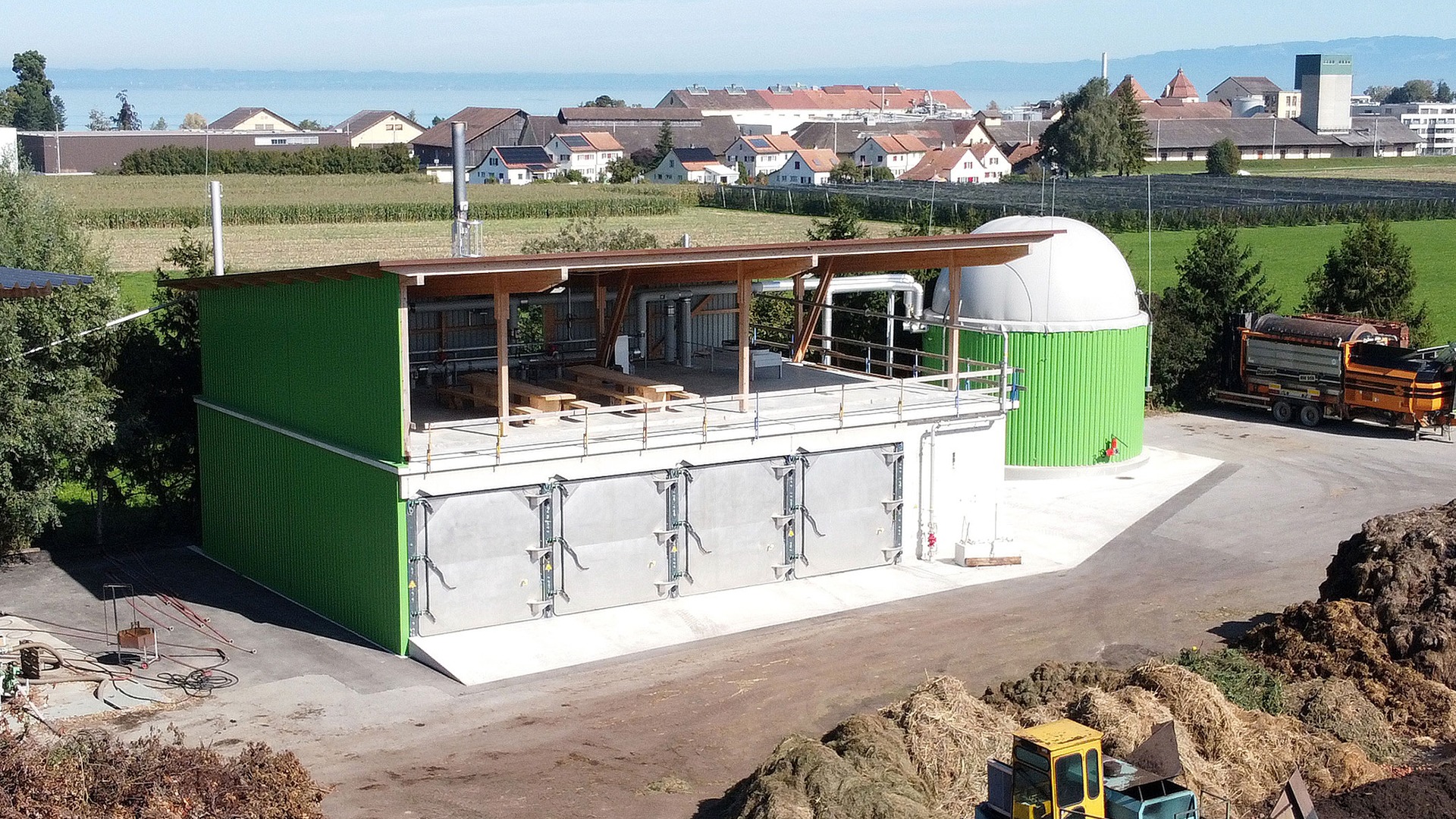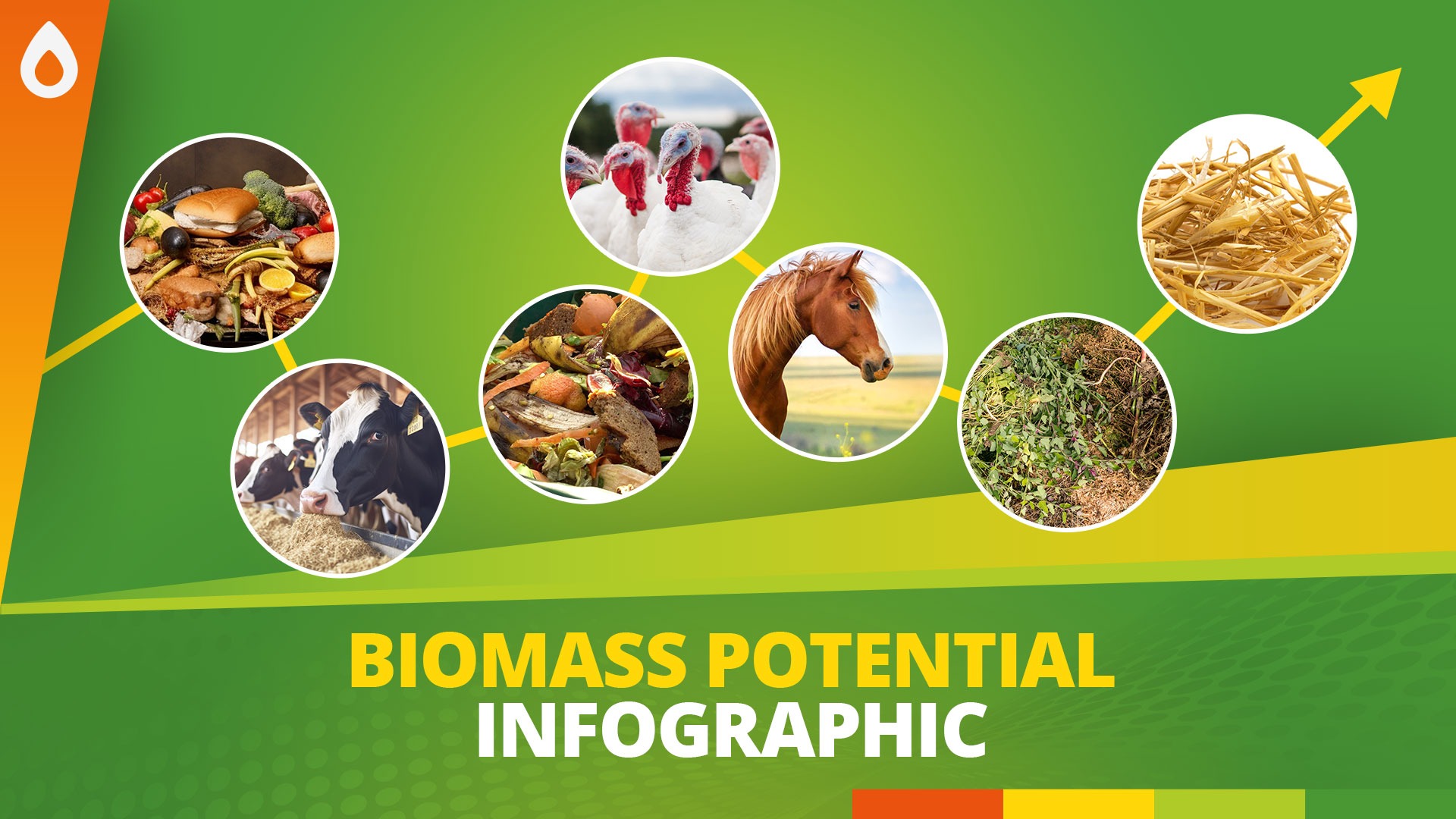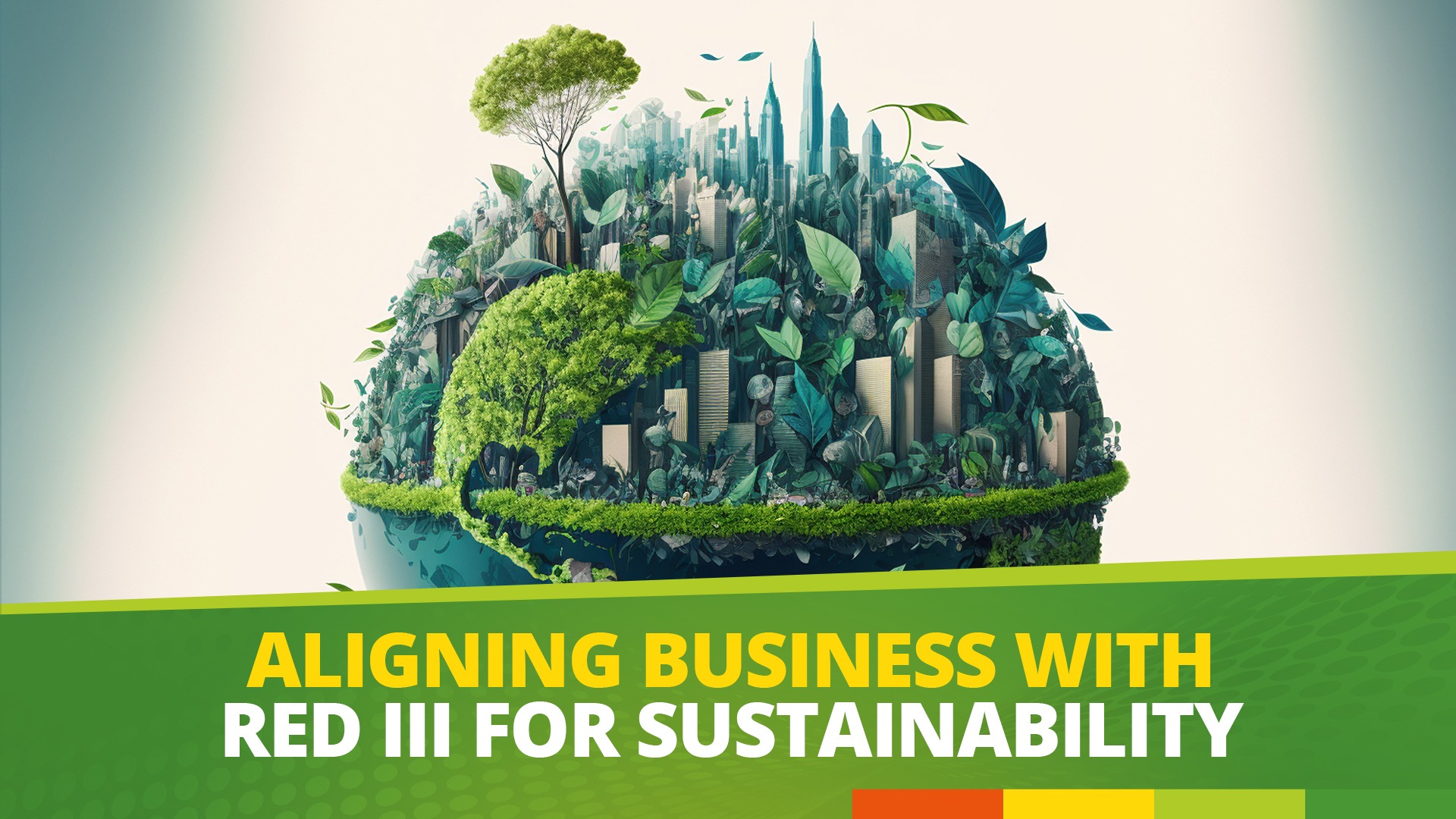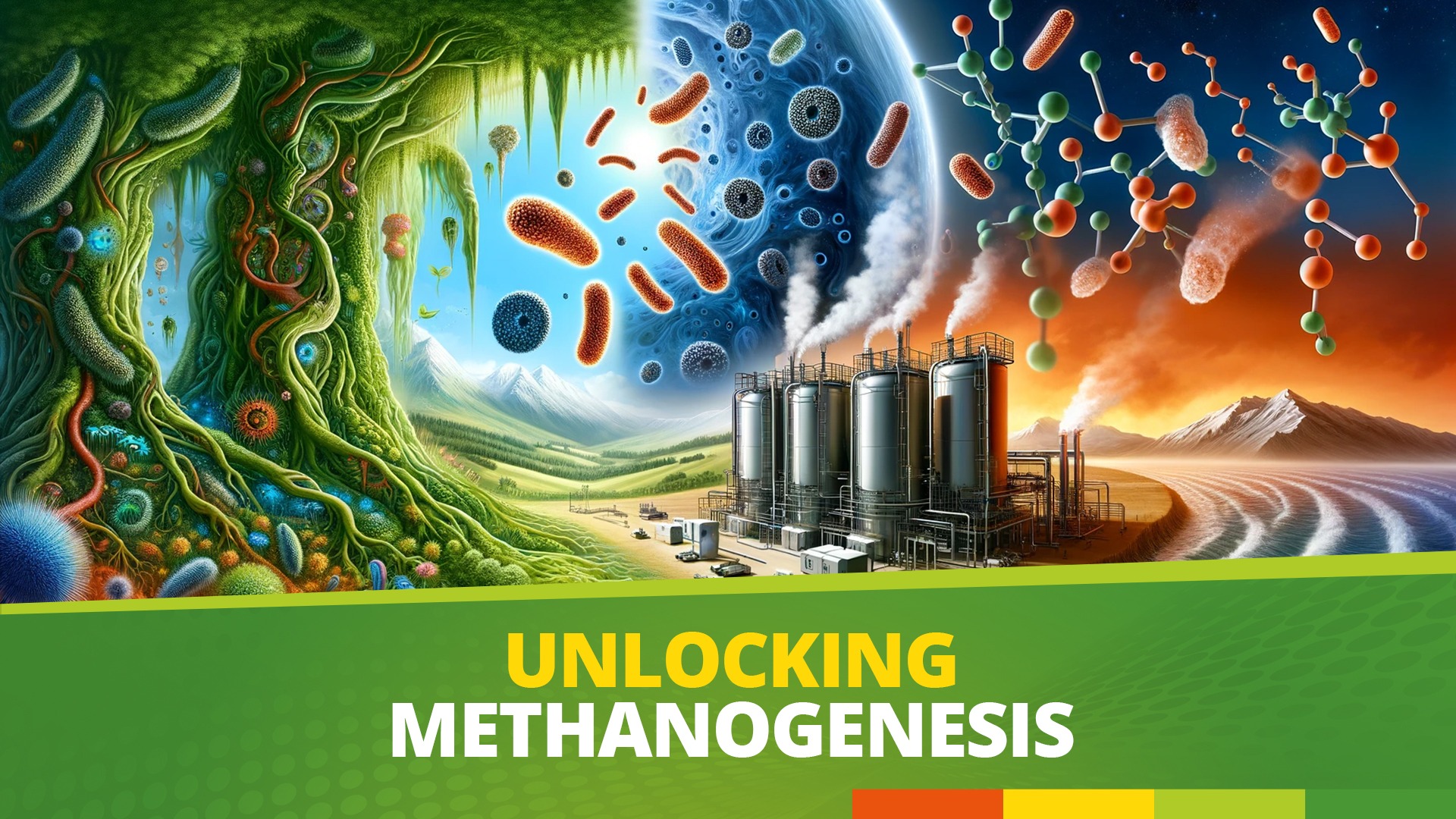Dry fermentation (SSAD) in a biogas plant involves the fermentation of organic feedstocks to produce biogas under anaerobic conditions (without atmospheric oxygen). The solid fermentation plant consists of drivable, gas-tight, and acid-resistant concrete fermenter boxes, which are filled and emptied with a time delay (discontinuous or batch operation).
About 12-24 h before the biomass is introduced into the fermenter box, it is piled up or pushed on with the wheel loader to form a loose, well-mixed solid bed (heap), usually outside the fermenter box. The solid bed thus prepared heats up due to incoming atmospheric oxygen (pre-composting), which supports and accelerates the heat and moisture input at the beginning of fermentation.
Subsequently, the substrate heap is fed into the fermenter box with the wheel loader (if necessary with a pusher shovel) up to the previously defined filling level. After insertion of the impact wall, the fermenter box is closed with a gas-tight gate. The fermentation substrate in the fermenter box is sprayed several times a day with percolate, which is collected and returned to the percolate tank. The insulated and stirred percolate tank is designed as a standing cylindrical round tank with double membrane gas storage.
The percolate is a process liquid that contains all essential microorganisms, nutrients, and buffer substances for the biogas process and starts and maintains the biogas process at an appropriate temperature.
Renergon Solid Digestion is a simultaneous dry fermentation (RSD-Renergon Simultaneous Digestion), where the stackable biomass in the fermenter boxes and discharged acids in the percolate tank are converted to biogas. This robust technology is based on natural processes and therefore requires no complex technology.
The biogas formed in the fermenter boxes and the percolate tank is fed into the gas buffer storage via permanently technically sealed gas pipes.
The biogas is mainly composed of approx. 55% CH4, 44% CO2 and < 1% O2. In order to keep the H2S value in the biogas below 30 ppm, a biological desulphurisation process is used, during which a small amount of air is introduced into the fermenter boxes. If required, an additional fermentation aid (iron preparation) can be used to reduce the hydrogen sulphide and ammonia concentration in the liquid phase (percolate tank).
The biogas flows out of the gas buffer tank via a gas treatment system with gas drying and activated carbon filter. The resulting condensate is discharged into the percolate cycle. The gas treatment unit ensures that the required gas quality for electricity and heat production is achieved by burning the biogas in the CHP.
Excess biogas or generated biogas from the biogas plant, which is produced during maintenance work on the gas utilization unit, is burnt in a climate-neutral manner via an automatically igniting gas flare. After about 21 days in the thermophilic hygienising process (approx. 52 °C), the fermenter box is opened again, and the fermentation residue is discharged. The thermophilic process (moist heat) improves the degradation of the fibre-rich organic components compared to mesophile plant operation.
Except for the filling and emptying of the biomass by wheel loaders or other filling vehicles, the complete plant is automatically monitored, controlled and regulated by a PLC (programmable logic controller) via an operating station. Like the rest of the technology, this is located in a separate technical room. The plant can also be remote-controlled via the Internet from any PC or smartphone. In the event of a fault, corresponding alarm messages can be sent by SMS to the operator or selectable recipients.
In contrast to wet fermentation, dry fermentation (SSAD) offers numerous advantages in operating a biogas plant for agriculture or municipal utilities. Further information on biomass, biogas plants and dry fermentation can be found on the website of our partner Biomasse Suisse.
